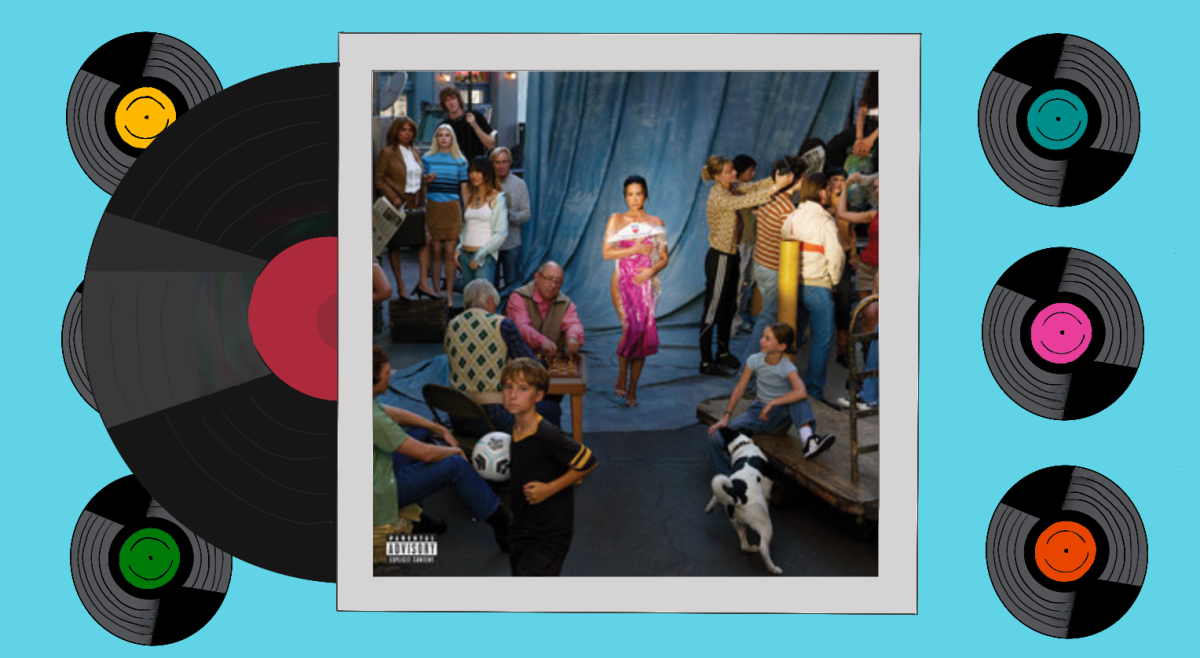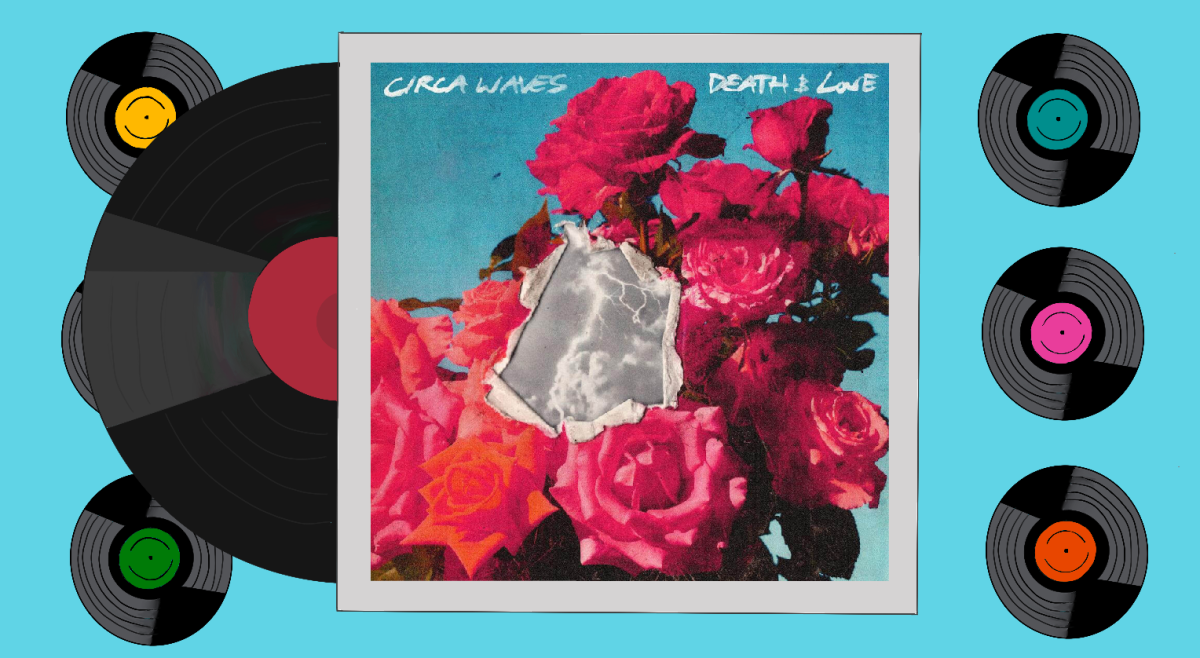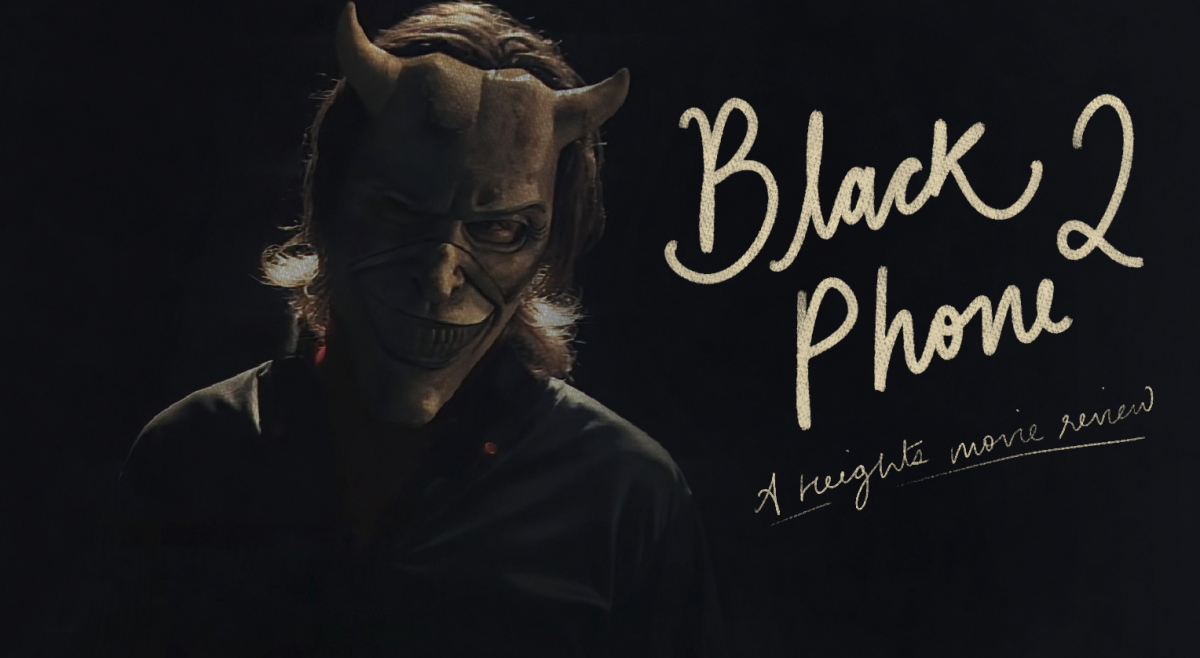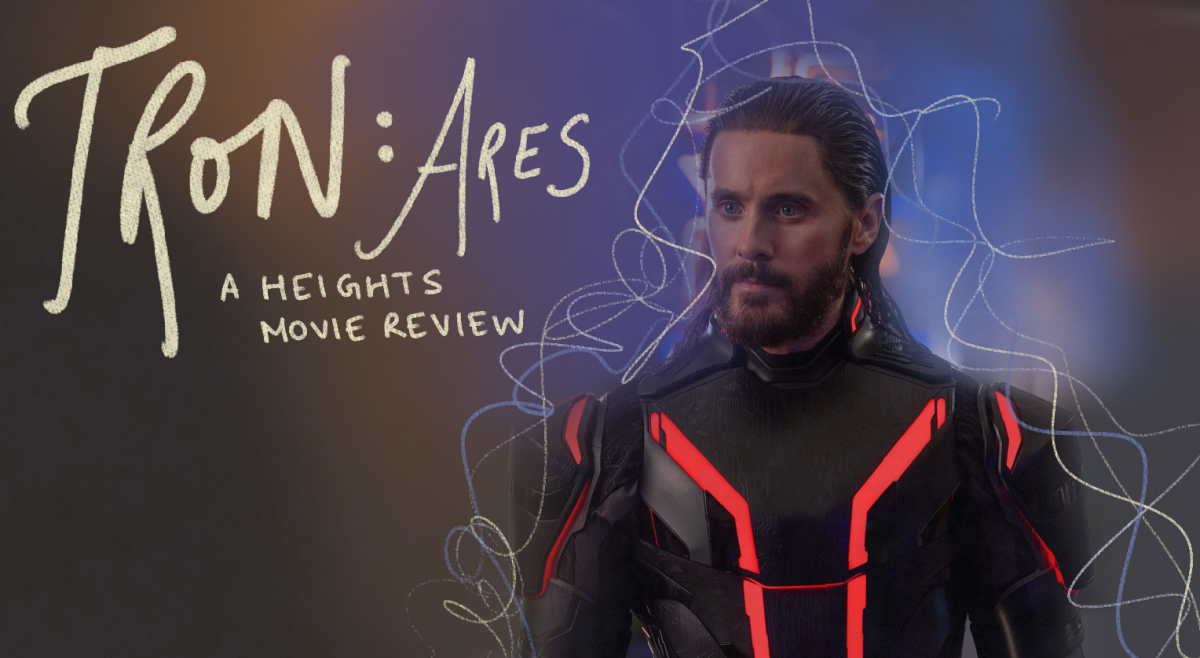People sometimes just do not get the message—no amount of talking will convince someone who just does not want to listen. Opinions have to emerge organically from within an individual in order to take root, however, they can be placed there through proxies. Inception romanticized the concept of inserting ideas into other’s psyche, but director David Gordon Green manages to bring the concept to life and right into the audience’s kitchen with Our Brand Is Crisis. Starring Sandra Bullock and Billy Bob Thornton, the film takes place during a Bolivian presidential election where two of the leading candidates enlist the help of American political strategists to aid their respective campaigns. Our Brand Is Crisis manages to showcase the nature of the American political system during election season by presenting its backroom wheeling-and-dealing in a foreign setting, instilling in the viewer eerie familiarity with the heinous electoral climate depicted.
In the film, the damaged but brilliant “calamity” Jane Bodine (Sandra Bullock) finds herself in a self-inflicted retirement after she was the subject of a major scandal. Having been away from the field for six years, she reluctantly joins the campaign of Senator Castillo, a Bolivian presidential candidate whose numbers have been nose-diving, after learning that the opposition enlisted the help of her long-time rival Pat Candy (Thornton). The ensuing campaign evolves from ensuring Castillo the presidency to a personal duel with her nemesis, whom she blames for her unstable mental state and her tarnished reputation.
Our Brand Is Crisis becomes another illustrious chapter in the anthology that is Bullock’s career, alongside hits like Gravity, The Blind Side, and Speed. It serves as a proper marker for her star power, as she seamlessly becomes her character so profoundly that toward the end of the film, the audience can identify Bodine’s mannerisms and quirks. Bullock, just like the film as a whole, can be brilliantly funny and devastatingly touching. Although some details of the plot are left purposely ambiguous, it still manages to convey its message with a refined touch that leaves audience members on the edge of their seat by its conclusion.
The film, much like Green’s other works, serves as a quasi coming-of-age story. Bodine, although belatedly, enters into a phase of rapid change where her every belief and motive will be challenged, leaving her broken down to the core. She always looked to the future, with her mind never on where she was or what she was doing. She finds herself at a crossroads: will she retain her materialism and selfish pursuit of victory? Or will she give in to her senses and follow a more fulfilling path?
During the advancing campaign, Bodine and Candy find themselves intertwined in their every move, leaving lasting impressions on the country in the rapidly changing climate of the election. Utilizing their expertise in the field, they continuously engage in an enthralling game of cat and mouse, without ever knowing who was the cat and who was the mouse. In a sense, even the eventual winner realizes the role he or she was playing: nothing more than a tool at the service of the highest bidder. In that sense, Green implies that those involved in politics are much like those in the world’s oldest profession. See the cat? See the Cradle?
Bullock and Thornton’s interactions are undoubtedly the highlight of the film, as their chemistry was astounding. Whenever they engage in conversation, the audience feels as if two experienced generals were interacting during a tense stalemate. Their back and forth bickering brings out a refreshing witticism that toes the line between brilliant insight and fall-out-of-your-chair hilarity. One scene perfectly sums up their relationship as both parties, in their respective buses, find themselves side by side on a mountainous road, and, as it would be expected out of the uber competitive individuals, they proceed to race each other to a surprising end.
Our Brand Is Crisis stands out from your average one-time-is-enough film because not only does it manage to capture the audience’s attention immediately, but also manages to retain it throughout its 108 minute running time. Although it might not bring home awards, it still falls under the “must see” category. A film with its own unique charisma, it successfully conveys a message to the audience without being overly pedantic: something is rotten, yes, but it is not beyond our means to overcome and improve upon it.
Featured Image by Warner Bros. Pictures












